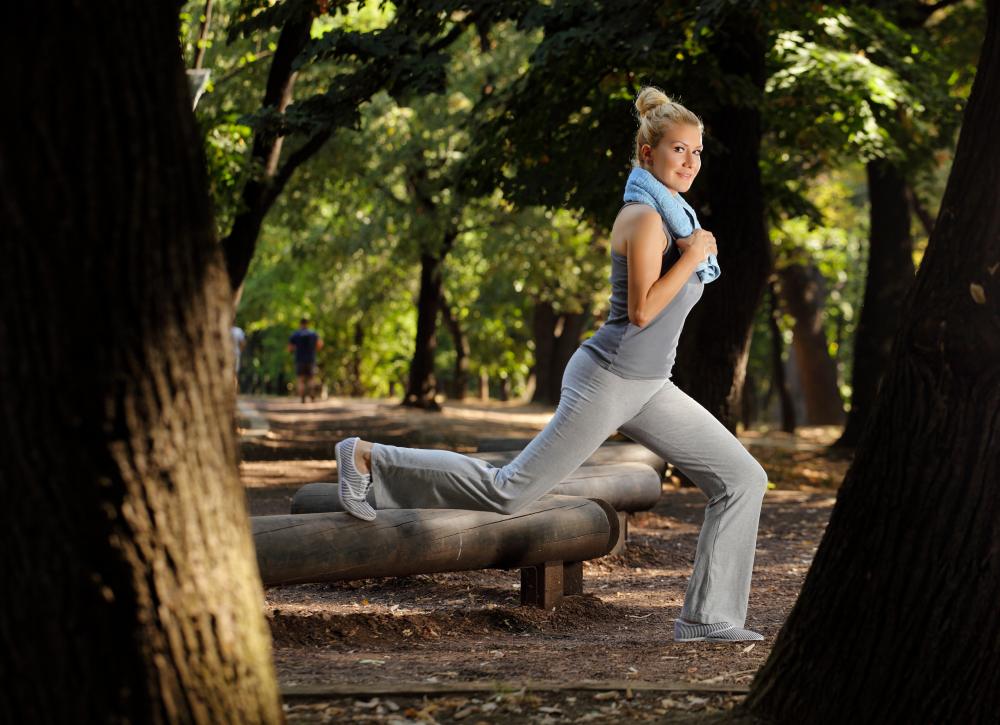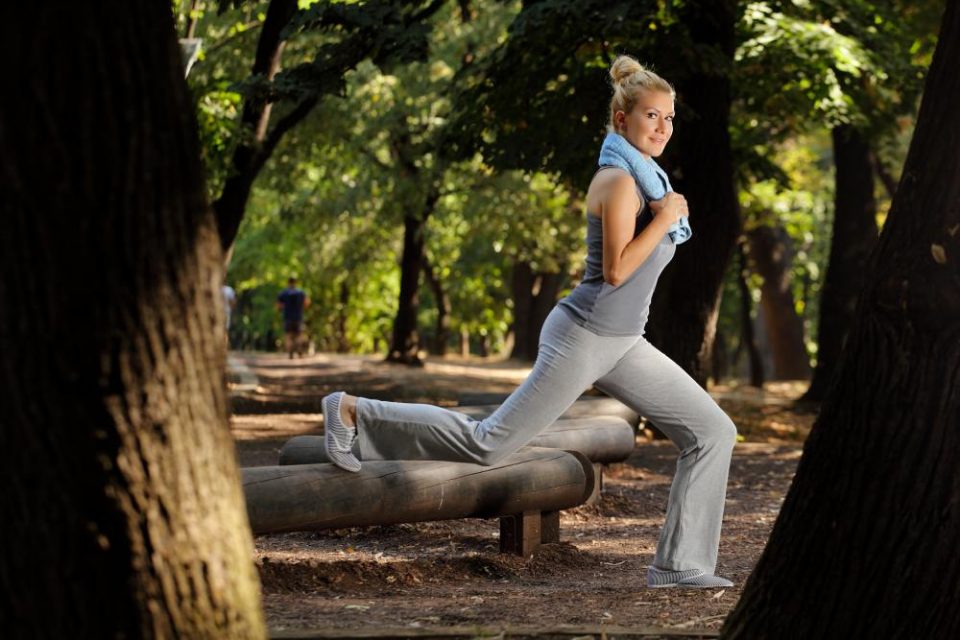
Are you a health worrier or a health warrior?
Bodyshot have worked with hundreds of clients, helping them make the transition from someone who worries about their health, to someone who is in charge of their health, proactively doing things to stay fit, and has all the energy they needs for their daily activities. It takes time, effort and above all, patience, but it’s an incredible journey and worth every step.
Whether you’re looking to regain control of your health, or want some proven tips on how you can take things to the next level, this is the blog post you should be reading. Please feel free to share it via your social media channels if it’s been useful. Connect with us on Facebook or Twitter, and use the hashtag #HealthWorrierToHealthWarrior. Spread the word!
#1 – test your DNA
DNA testing for diet and fitness is fast becoming a must for anyone serious about their health, fitness and nutrition. A DNA test removes all the guesswork about what you should be eating and what type of exercise is best for you, allowing you to focus on what works and dismiss what doesn’t. It’s ideal for anyone who has some money to spend on a test, but doesn’t have the time to spend making guesses about what works for them. Information such as carbohydrate and saturated fat sensitivity, lactose and gluten tolerance, and your power versus endurance ratio are some of the highlights.
#2 – use wearable tech
At it’s most basic level, wearable tech helps you to understand how active and inactive you are, and with some devices, how this impacts on your sleep. I use a device called the OURAring because it helps me intelligently analyse how my daily efforts affect my sleep, which in turn affects my performance levels for the following days. Rather than just push me towards 10,000 steps, the OURAring delivers personalised, actionable insights every morning into how I should structure my day based on how well I’ve recovered from recent activities.
#3 – find a partner or accountability buddy
It can be really helpful to find someone to get started with, or just to meet at the gym. If you’re following a diet plan, that person could also be your go-to lunch buddy whilst you’re both getting used to the new plan. Usually, finding someone to train with helps to stick to it. Choose wisely though; training with your romantic partner is often a recipe for disaster, and if your buddy isn’t as disciplined or motivated as you they might also try and sabotage your efforts.
#4 – plan ahead
Whether it’s a diet plan or an exercise program, work out what you’re going to do and plan ahead. One on the most common causes of failure is lack of planning: ‘fail to prepare, prepare to fail’ as the saying goes. This includes making sure your exercise clothes are washed and ready to go (especially if you’re working out first thing in the morning) and making sure you’ve got the right foods in the house.
#5 – allow yourself a wild card
Once a month, allow yourself a wild card. This is a card that you can use to let yourself off a workout or allow yourself a treat. It helps to know that every now and again, it’s ok to skip a workout or have ice cream. Life is for living, and it’s important to remember that. If you feel as though you’re going without, or depriving yourself, or that it’s just too much, you’re likely to give up. Use the wild card before this happens.
#6 – you don’t need a lot of time
A common misconception with exercise is that you need to allocate a lot of time. This isn’t true. You can have a very effective workout in a relatively short amount of time, although never scrimp on the warm-up or cool-down. A short run of 15-20 minutes could burn between 200 – 300 calories depending on your pace, and you could also do a series of Tabata workouts in that amount of time, which are highly effective. More on those in the follow up to this blog published next week.
#7 – focus on sleep and rest
Sleep is highly underrated in the context of health, fitness and nutrition. The benefits of exercise all happen after the session, not during it, so you should place equal important on sleeping well and resting. Follow your instinct; if you feel the need to rest, then rest. Chances are you have made the right decision based on the signals your body is giving you. Aim to get between 7-9 hours of sleep, and avoid drinks after 9pm, screen-time after 9pm and settle yourself into bed by 10pm with a book or practicing breathing exercise to prepare the body for sleep.
#8 – water is a weight loss tool
Drinking water can help you lose weight. A study at the Virginia Tech found that people who drank water during meals consumed between 75 – 90 fewer calories than those who didn’t. Not only does it help fill you up, it also helps the digestive system do it’s job, and helps with the absorption of nutrients. Drinking water will help you feel more energised which in turn will help your daily performance, as well as your exercise efforts.
#9 – ramp up slowly
No matter how well your exercise program is going, don’t be tempted to ramp up the weight or the intensity too quickly. It’s important to give your body time to adapt and build strength, before increasing your program. Take a measured approach, and if you’re following a plan, stick to it. It’s not uncommon for injuries to occur when people rush through the program. Similarly, with a diet plan, if you’re doing well, celebrate that but don’t be tempted to give everything up at once. Slow and sustainable is the key to long-term success.
#10 – get in your diary and lock it in
I treat my exercise sessions like important sales meetings. There are two sessions in the week that I don’t move unless I’m sick, on holiday, or really don’t feel up to it. They are my weekly staple of boxing and high-intensity exercise. I also place a lot of important on the other sessions, but I never miss the two staples. That way, my fitness never fluctuates significantly, and I can always maintain a good level of base fitness. Identify which two or three sessions are your staples, and lock them in your diary.
Leanne Spencer is a fitness entrepreneur, bestselling author of Rise and Shine: Recover from burnout and get back to your best, and founder of Bodyshot Performance Limited. Bodyshot is a health and fitness consultancy that uses innovative techniques such as DNA testing, wearable tech and bespoke coaching to transform the lives of our clients. Visit www.bodyshotperformance.com or send an email to info@bodyshotperformance.com if you’d like more information.


